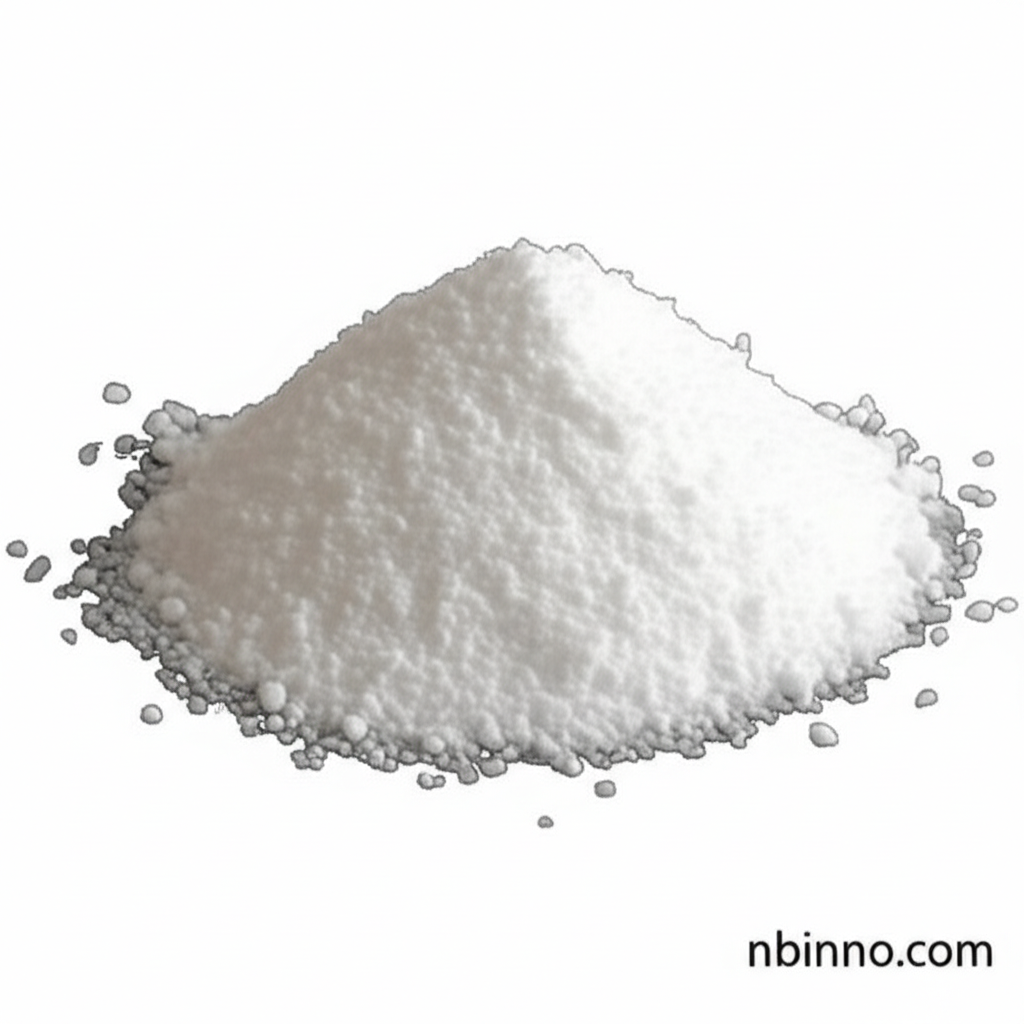Boc-(S)-3-Thienylglycine DCHA: A Key Building Block for Peptide Synthesis and Drug Development
Explore the core value of this essential intermediate in advancing pharmaceutical research and chemical synthesis.
Get a Quote & SampleProduct Core Value

Boc-S-3-Thienylglycine DCHA
Boc-(S)-3-Thienylglycine DCHA is a crucial intermediate for peptide synthesis and drug development. Its unique thienyl group enhances biological activity and selectivity, making it ideal for creating novel drug candidates. Researchers leverage this compound in neuropharmacology and oncology to design therapeutics with improved efficacy and reduced side effects.
- Discover the potential of unnatural amino acid synthesis for innovative drug discovery.
- Learn how Boc-S-3-Thienylglycine DCHA is utilized in advanced peptide therapeutics development.
- Understand the role of medicinal chemistry building blocks in creating targeted therapies.
- Explore the applications of this compound in drug development intermediates for various therapeutic areas.
Key Advantages
Enhanced Biological Activity
The thienyl group in Boc-(S)-3-Thienylglycine DCHA boosts biological activity, offering significant advantages for drug development and the creation of potent peptide therapeutics.
Versatile Application
This compound serves as a versatile building block in chemical synthesis intermediates, finding use not only in pharmaceuticals but also in material science and catalyst development.
Improved Selectivity
Its unique structure aids in designing drug candidates with improved selectivity, a critical factor in minimizing off-target effects and enhancing therapeutic outcomes in drug discovery reagents.
Key Applications
Peptide Synthesis
A fundamental component in crafting complex peptides, supporting the development of advanced peptide therapeutics.
Drug Development
Critical for synthesizing novel drug candidates, particularly those targeting neurological disorders and cancer, leveraging its role as a drug development intermediate.
Biochemical Research
Used by researchers to study protein interactions and enzyme functions, contributing to a deeper understanding of disease mechanisms.
Material Science
Incorporated into polymer matrices to create advanced materials with enhanced properties, showcasing its utility beyond traditional pharmaceutical applications.
